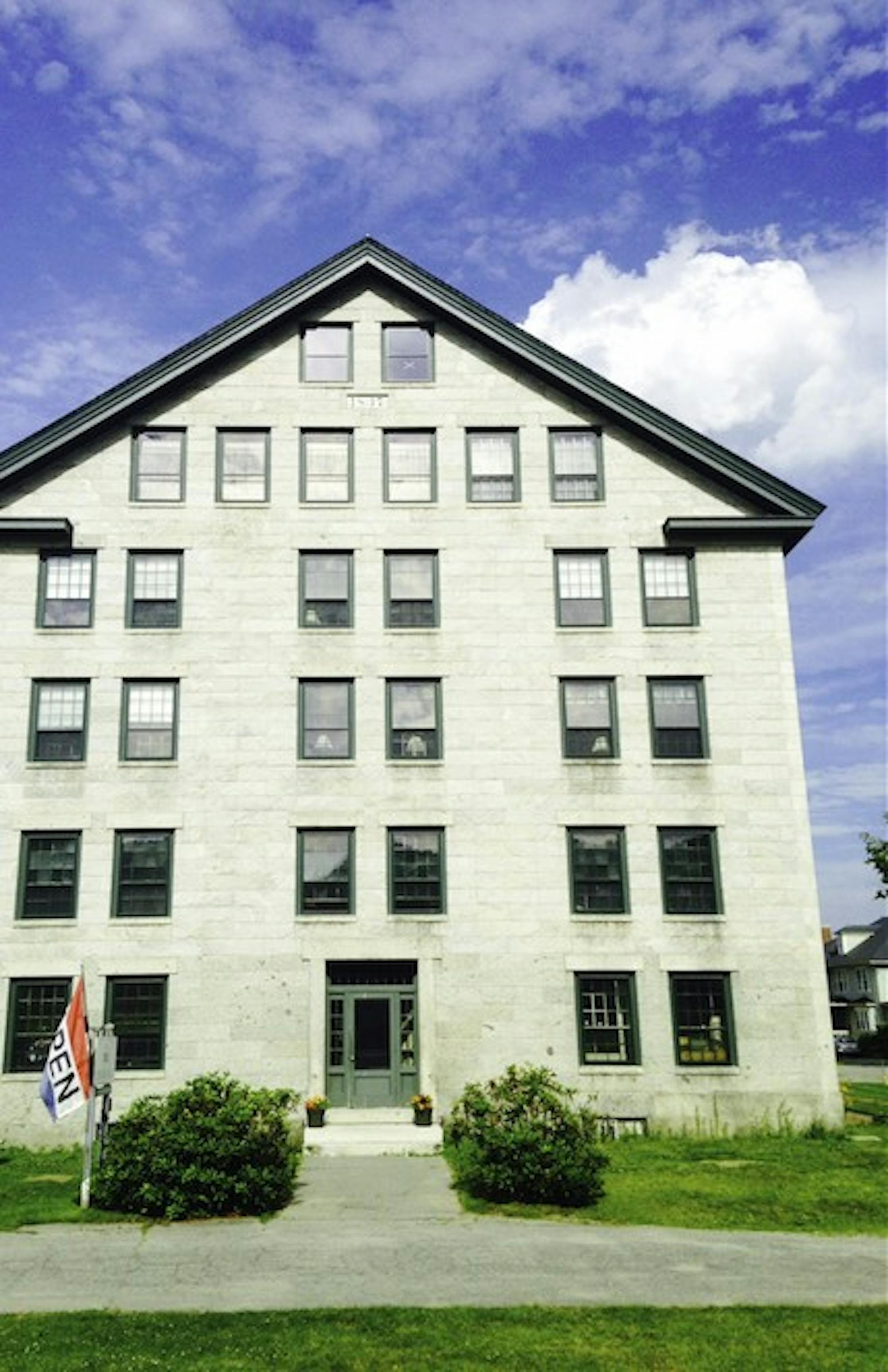At the side of a gently winding road that hugs the shores of Mascoma Lake, the turnoff to the Enfield Shaker Museum is fittingly named Chosen Vale Lane. As “the Great Stone Dwelling,” the largest Shaker residence in the country, rises into the beautiful azure sky, it is clear what made the site so attractive to Shakers more than 220 years ago.
The Shakers adopted confession of sin, celibacy and communal living in their search for a perfect Christian life. Their beliefs are often associated with their energetic and whirling expressions during worship — hence the name “Shakers.”
Today, the settlement that was once called home by about 300 members in the middle of the 19th century maintains only remnants of a community first formed in 1793. The Enfield Shakers constructed more than 200 buildings before eventually leaving due to declining membership.
Left behind, however, is a site of striking historical importance and natural beauty. Museum highlights include an open meeting room where Shakers would promote their faith and a side room containing a handheld projector used to create three-dimensional images, called a stereopticon. The museum’s swept wooden floors, exhibits reconstructed to resemble the community’s past, and furniture and photographs placed throughout the museum’s public spaces further the sense of retreat to a simpler time.
A sign by the museum’s front door admonishes visitors to leave behind alcohol and refrain from smoking, a suggestion that heightens the sense of spirituality maintained at the site.
At the museum, exhibits attempt to preserve the Shakers’s spiritual legacy alongside their history and culture, executive director Dolores Struckhoff wrote in an email, declining to speak by phone due to illness. In addition to the exhibits, the museum — organized as a non-profit educational institution — offers further educational programs intended to share the values and work ethic of the Shaker community.
“[The Shakers] shared and learned from their neighbors, and we hope to keep that spirit alive by welcoming local, regional, national and international people to this site,” Struckhoff wrote.
Despite living just 12 miles from the steps of Dartmouth Hall, the Enfield Shakers had little to no interaction with students and faculty in Hanover, College historian Jere Daniell ’55 said.
“Dartmouth at that time was a congregationally oriented training ground for ministers, some of whom pursued other objectives,” Daniell said. “It would have been cheapening the brand, to use a modern expression, if they had anything to do with the Shakers.”
Over the second quarter of the 19th century, Daniell said, New England was home to dozens of religious groups, but amid changing religious activity, Dartmouth remained dominated by Congregational orthodoxy until former College President William Jewett Tucker’s tenure, he said.
With membership dwindling, the Shakers ultimately sold their land in 1927.
This problem of diminishing membership is often seen in religious communes, Stanford University professor of economics Ran Abramitzky, who has studied communes’ instability, said.
“If a community is trying to redistribute, a big problem for example is often adverse selection,” Abramitzky said. “In fact, a group of economists have found this trend in the Shakers.”
In his work, Abramitzky has noted the problems adverse selection, brain drain and celibacy pose to growth in religious communes.
Even without an active Shaker community, the area retains its vibrancy and beauty. Especially over the summer, the museum works to bring in musical acts, and its location close to Mascoma Lake remains a pull in itself, Shaker Mountain Real Estate sales associate Jim Kelleher said.
“The village is quaint, but most people interested in the community are interested in the community on the lake,” he said. “The museum is a bonus, though.”




